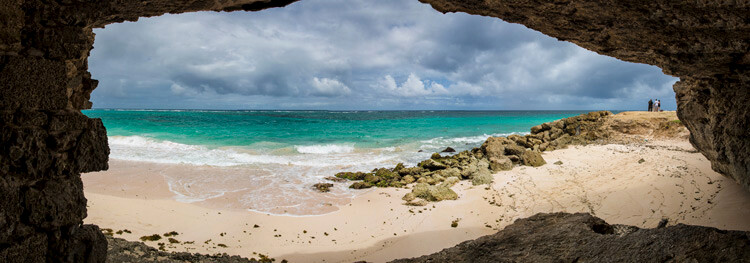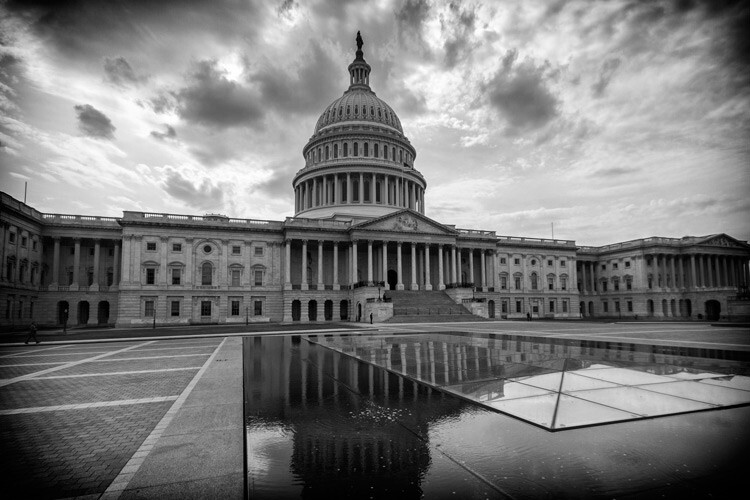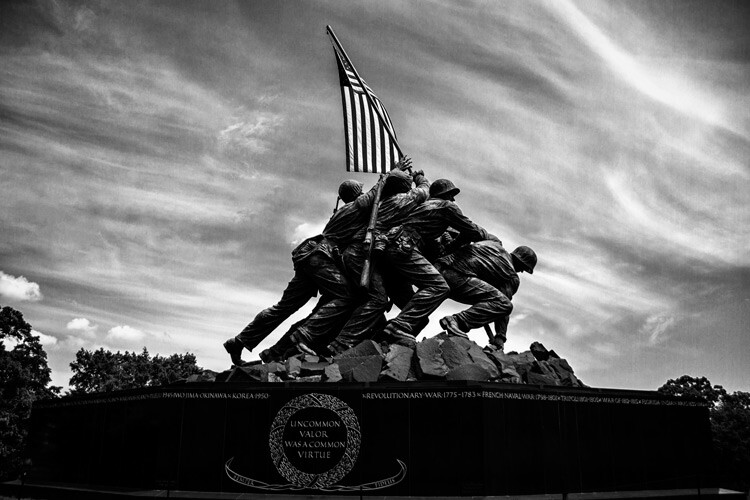The post 5 DIY Macro Photography Hacks for Stunning Macro Photos (on a Budget) appeared first on Digital Photography School. It was authored by Jaymes Dempsey.
Do you want to take stunning macro photos…
…on a budget?
In this article, I’m going to show you exactly how you can capture amazing macro photos (without breaking the bank). You’ll discover 5 DIY macro photography hacks which you can use for consistently gorgeous images.

Sound good?
Let’s dive right in, starting with:
1. Use a board for a stunning macro photography background
First things first:
In macro photography, the background matters almost as much as your main subject. Because the background is what makes your main subject stand out.
One of my favorite backgrounds is a solid, uniform color:
Dark black.
Black backgrounds allow you to capture somber, moodier macro photography. Like this:

Now, achieving a natural black background in nature can be tough. Which is why this DIY hack is so valuable. Because you can use it to create a deep black background in all of your macro photos.
Here’s what you do:
Step 1: Go to your local hardware store and purchase a plywood board. I’d suggest something ultra-thin (because wood can get heavy, fast). I’d also go for a decent size: at least two feet on all sides.
Step 2: Purchase black paint and primer. I recommend getting a sample paint pot (one should be more than enough). These are cheap and work just fine. The primer is to prevent the wood from tainting the color.
Step 3: Add the primer and paint the board. I’d recommend two coats of black paint for that ultra-dark look.
Step 4: Let the board dry.
Now comes the fun part:
Actually taking the photos!
You should choose a main subject that’s fairly light (e.g., yellow and white flowers). Position your main subject so that it’s in the sun, with the black board in the shade, a foot or so behind it. You want to create as much contrast as possible between the board and your subject. That is, you want a light subject on a dark board.

The goal is to lose absolutely all detail in the background. If you don’t fully achieve this in-camera, you can use an editing program to drop the blacks in your images.
You can still make this work with diffused (i.e., cloudy) light. But you’ll need to do a bit more work in post-processing to bring down the blacks.
Bottom line?
You can work some serious magic with just a board and some paint.
Try it yourself! And watch as you capture amazing macro images.
2. Use a lightbox for a stunning high-key, transparent look
Have you ever wanted to capture macro photos that look bright and high-key? Maybe even transparent?
With this DIY hack, you can!
All you need is a basic lightbox, often used by artists for tracing. You can purchase one for around 20 dollars on Amazon. While a bigger lightbox is generally better, anything A4 and above should work fine.
Once you have your lightbox, you’ll need to choose a main subject. Flowers with translucent petals work best. And the flatter the flower, the better.
You’ll want to work in a room that has only diffused ambient light. You want your flowers to have a soft, even look.
Then turn on the lightboard, and place your flowers on top of it.

I recommend shooting parallel to the lightbox from above. While you can do everything handheld, I don’t recommend this, especially if your flowers are more three dimensional. Instead, mount your camera on a tripod and use a narrow aperture (i.e., f/8 and above) to ensure perfect sharpness.
Once you have your shots, you’ll probably need to do a bit of post-processing. I recommend increasing the whites, to give a slightly brighter, airier look.
3. Shoot with one flower in a vase for powerful compositions
There’s no doubt about it:
The way that flowers are positioned can make a macro shot look amazing…or terrible. If several flowers are overlapping, your photo may fall flat.
But if you can isolate a single flower…
…that’s when things start to look really compelling.
Now, when you’re shooting in nature, you don’t have much control over this. You have to work with what you’ve got.
But if you use this DIY macro photography hack, you can capture a gorgeous set of macro flower photos.
Guaranteed.
Here’s how it works:
Go to your local grocery store, and purchase a bouquet of your favorite flowers. I like to work with tulips, but you can really use anything!
When you get home, check over the flowers for blemishes and other issues. Find the biggest, best-looking flowers of the bunch.
And then put them all in separate vases (or cups).

Note: You want the flowers to extend pretty far over the top of the vase, which is why I suggest you avoid taller vases.
The next time the light is good, take all the vases outside. Place them in front of a gorgeous background.
(I often use an orange sky at sunset.)
And then photograph all the flowers, individually. Because they’re in separate vases, they’ll all be perfectly isolated. And this will allow you to easily capture powerful compositions.
Try it.
You’ll love the final product.

4. Detach your lens for an artistic macro look
If you’re bored of getting the same macro look over and over again, then this DIY macro photography hack is for you.
It’ll help you capture photos with brilliant light leaks, like this:

If you’re familiar with the concept of freelensing, it’s like that, but with a twist.
Here’s how you do it:
Choose a backup camera body and a cheap camera lens in the 50mm range. (There’s a slight risk of exposing your camera sensor to dirt.)
Focus your lens to infinity.
Then turn off your camera, and detach the lens.
Next, turn the camera back on, and pull the lens just slightly away from the camera (it should still be detached!).
This will actually magnify your subject, while often giving you some amazingly artistic light leaks.

And while the technique may require a bit of experimentation, you’ll get the hang of it pretty quick, and you’ll capture some gorgeous macro photos.
5. Use fairy lights for amazing background bokeh
Here’s your final DIY macro photography hack (and it’s one of my favorites):
Use fairy lights for gorgeous macro backgrounds. They’ll get you photos like this:

To start, grab a set of fairy lights on Amazon (for around 10 dollars). I recommend a neutral or warmer color.
Go out to shoot around dusk, when the light is really starting to fade.
Find a nice subject, and position the fairy lights directly behind it. You can dangle them from surrounding vegetation, or you can hold them with your left hand.
Now, you don’t want to position the fairy lights too close, or else you’ll capture the wiring in your photos. Instead, you want them to show some nice bright light without being prominently featured.
You should also make sure to use a shallow aperture, in the area of f/2.8 to f/5.6. That way, the fairy lights will be fully blurred, creating some stunning bokeh.
The trick is an easy one, but it’ll get you amazing macro photos!

DIY macro photography hacks for stunning macro images: Conclusion
You’ve now discovered five DIY macro photography hacks.
And you can use them for stunning macro photos all the time.
So go ahead and start. Make your black board. Grab yourself some fairy lights.
And take some amazing macro photos!
Do you have any DIY hacks of your own for beautiful macro shots? Share them in the comments!

The post 5 DIY Macro Photography Hacks for Stunning Macro Photos (on a Budget) appeared first on Digital Photography School. It was authored by Jaymes Dempsey.

Digital Photography School





































































You must be logged in to post a comment.